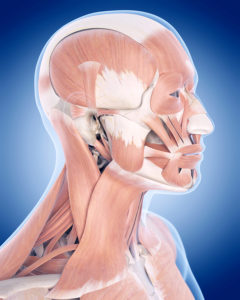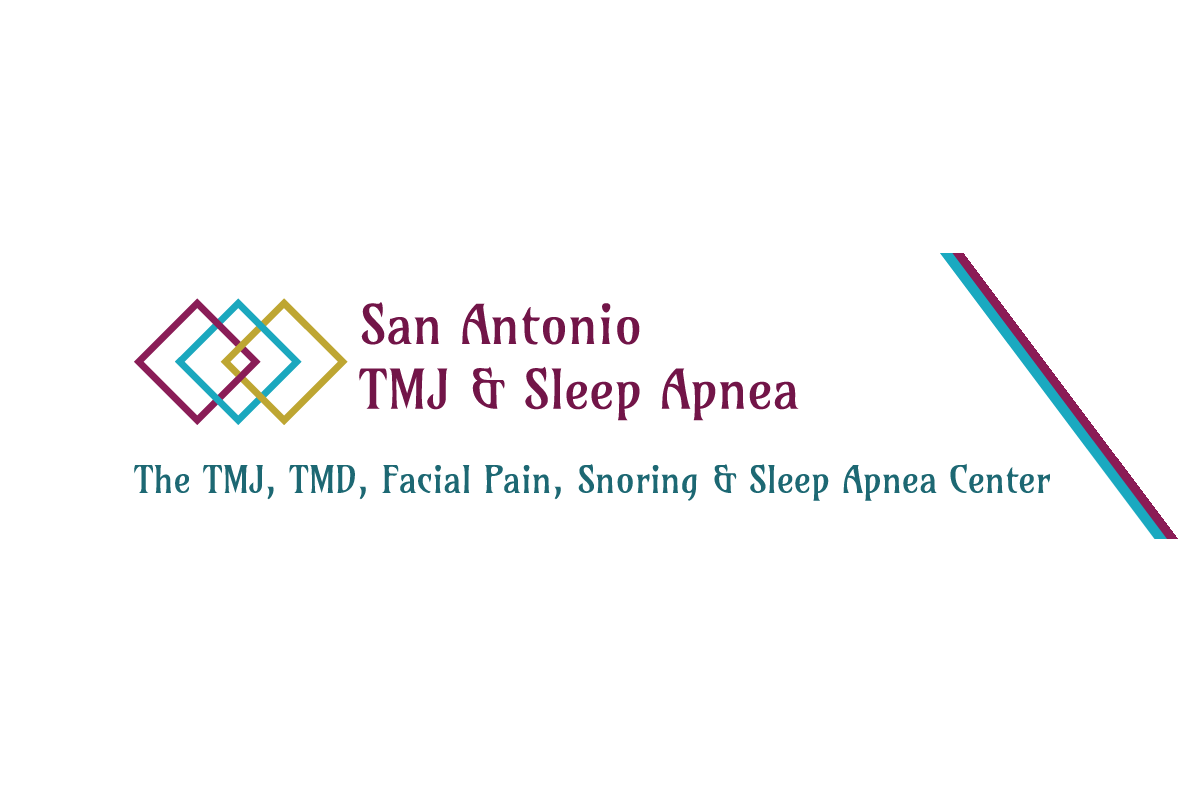To learn more about our services and what we can do for you, or to make an appointment, call us today!
Headaches, Ear Symptoms, and Neck Pain
Headaches
- Headaches can be grouped into two varieties. Both types have similar origins and, as such, are probably variations on the same continuum.
- Tension-type headaches (TTH)
- Vascular headaches (VH), such as migraine and cluster headaches
- Headaches are commonly associated with TMD in a number of ways.
- First, the headaches can be an extension or spread of the facial pain and not true headaches originating within the skull. This is Referred Pain.
- Secondly, the headaches can be separate entities whose manifestation is related to the TMD pain. In this case, the headache's variance should worsen and improve in unison with the variance in the TMD pain. In this scenario, the TTHs tend to occur on the sides of the head (temporal), but can be generalized or have a front to back or back to front pattern (occipital-frontal).
- TMD can be a trigger for the VH headaches or the headaches and TMD may share causative factors (co-morbidities), i.e. stress, pain, insomnia, etc. Successful treatment of the TMD problem should result in improvement or resolution of the headaches in both of these situations. In contrast, the headaches can represent a Separate Entity unrelated to the presence of TMD. In this case, the headache's occurrence and variance are inconsistent with the presence and intensity of TMD pain. In this scenario, successful TMD treatment may have little impact on the headaches, and the headaches may require direct medicinal therapy, such as Midrin, Indocin (indomethacin), Topamax (topiramate), or Elavil (amitriptyline), among others.
Ear Symptoms
- Ear pain, tinnitus (ear ringing), and stuffiness (clogged sensation) are commonly associated TMD symptoms. In this country, most sufferers assume these symptoms are indicative of an ear problem and seek the services of an ENT (Ear, Nose and Throat Physician or Otolaryngologist).
- Sometimes these symptoms are manifestations of ear pathologies, however, for many or most adults, these symptoms signify a TMD problem. Part of the explanation resides in the close anatomical relationship of the ear canal to the jaw joint (TMJ). The ear canal resides at the back of the jaw joint. Hence, referred pain, as with headaches, is one explanation. In addition, there is tissue that communicates between the two structures that could account for the common manifestation of ear symptoms with TMD. TMD treatment commonly improves these symptoms, but complete resolution of all ear symptoms in all cases cannot be predicted.
- Dizziness can be a complaint associated with TMD, however, this symptom is less common than pain, tinnitus, and stuffiness.
Neck Pain

- Neck pain can represent Referred Pain, a Co-Morbidity, or a Separate Entity. As Referred Pain or as a Co-Morbidity, the neck pain and TMD symptoms should wax and wane in sync. If neck pain worsens with neck movement, the source of the pain is likely not related to TMD and resides in the cervical anatomy.
- Degenerative cervical changes are common, especially in an aging population. They are the most common separate source of neck pain, and in patients with arthritic TMJ problems, osteoarthritis of the neck would be normative.
- Because both neck pain and TMD are musculoskeletal problems, TMD therapy, especially medications and physical therapy, can also improve neck pain that is a separate entity.
